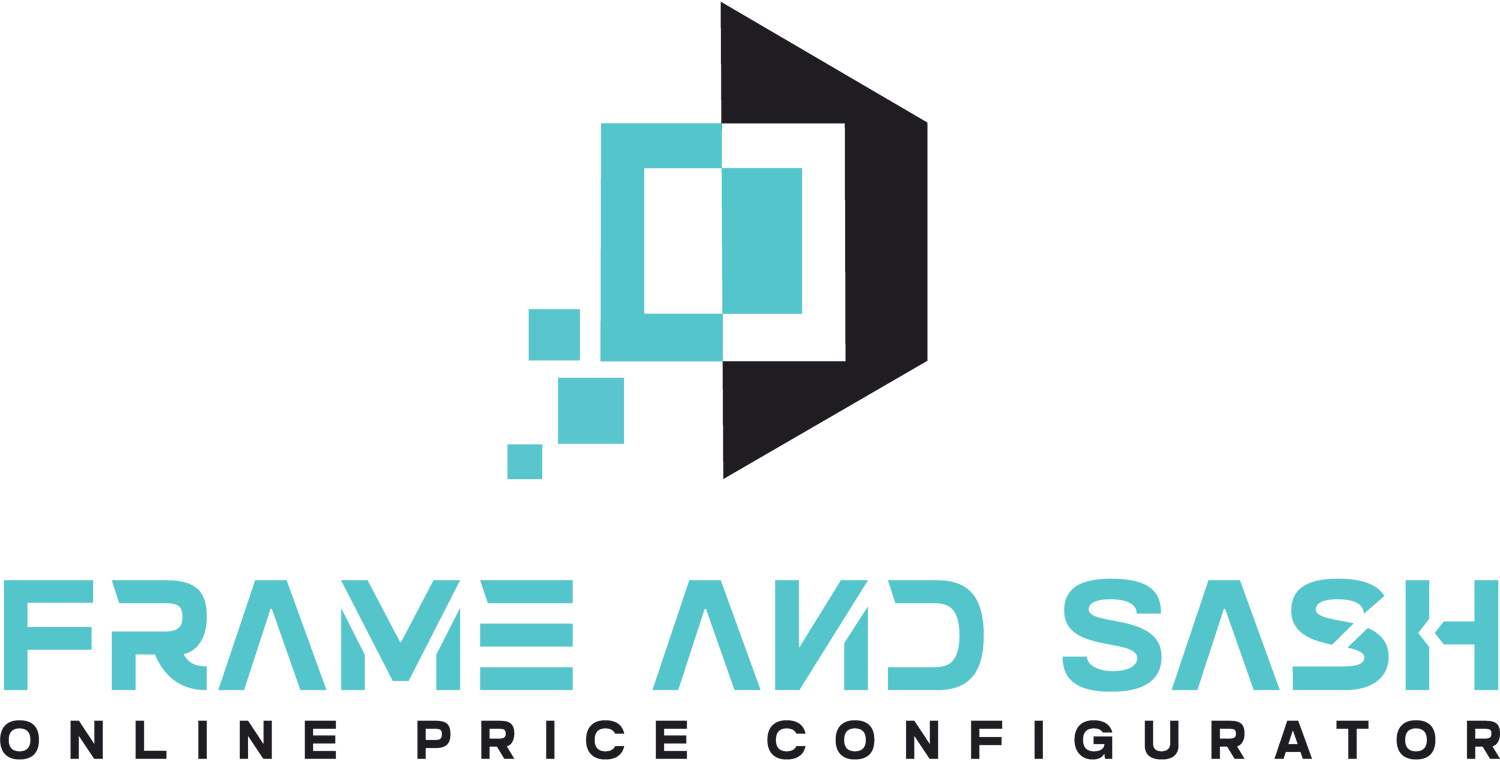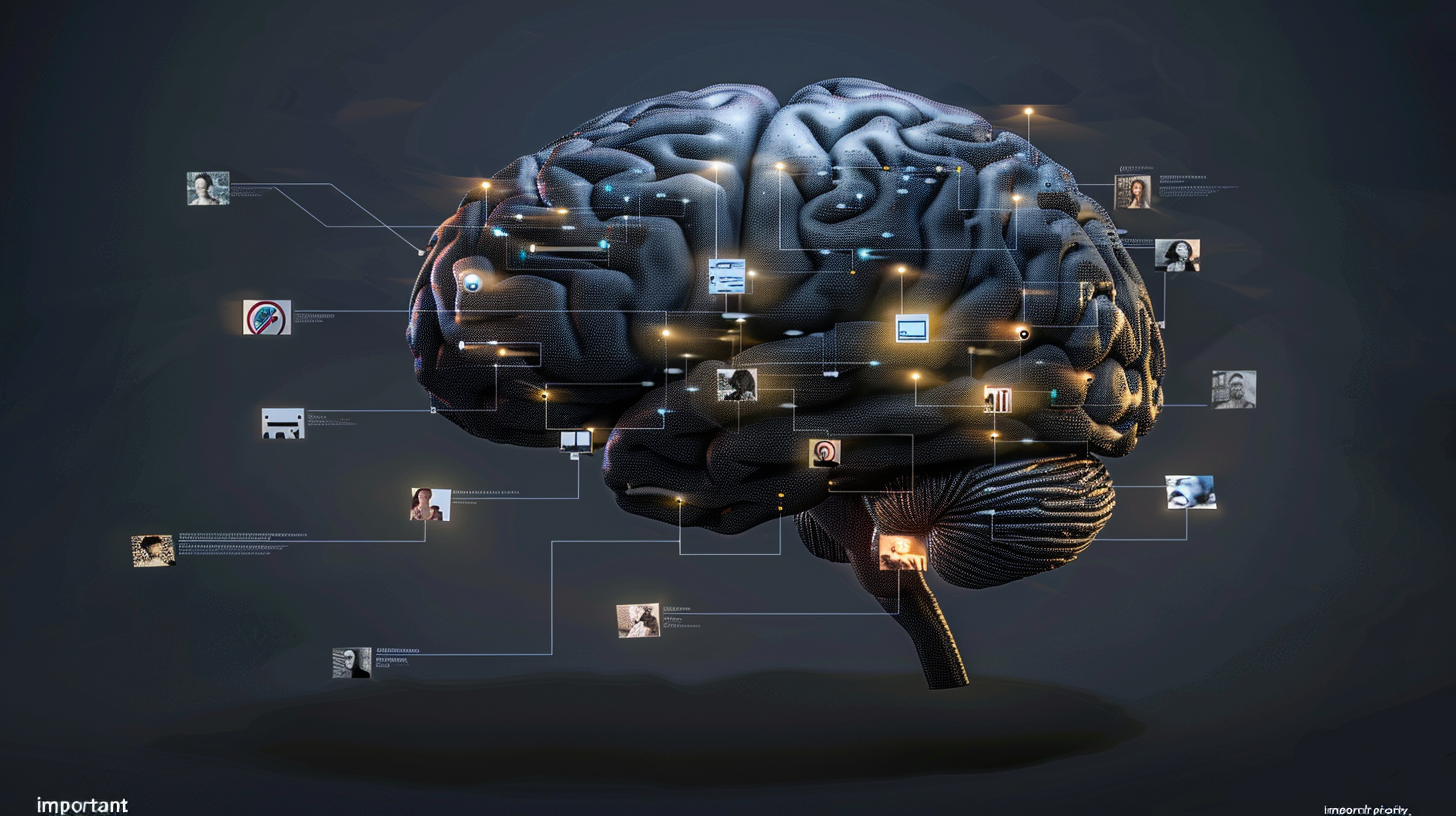Understanding how our customers’ brains work can give us a real edge. A recent study shows that when our working memory is full, the brain chooses one “high-priority” item to remember in detail, while other items get only a rough sketch. Here’s how we can use these insights to make our sales pitches, marketing materials, and branding more memorable—and more effective.
⸻
Key Findings from the Study
• Selective Precision: The brain stores high-priority items with greater accuracy than low-priority ones .
• Frontal-Visual Collaboration: The frontal cortex decides which item is most important and tells the visual cortex where to focus its resources .
• Limited Capacity: When asked to remember two items, people placed the “important” dot closer to its true position, while the second dot was off by a larger margin .
⸻
Applying Memory Priority in Sales
1. Highlight One Key Benefit: In your sales meeting, choose the single feature that matters most—like Uw-value performance or lifetime warranty—and repeat it with concrete numbers.
2. Use Visual Anchors: Show a clear image of your product with a bold label on that top feature. Your customer’s brain will “zoom in” on that detail.
3. Reinforce with Questions: Ask your prospect, “Is airtight sealing what you value most?” This verbal cue boosts the feature’s priority in their mind.
⸻
Using Memory Priority in Marketing
• Lead with Your Main Message: On social media or brochures, put your strongest selling point (“Save up to 30% on heating costs”) at the top in large font.
• Limit Choices: Offer two options only—standard and premium—so customers focus on the premium benefit rather than getting overwhelmed.
• Color & Contrast: Use a bright accent color to highlight your call-to-action button, ensuring it becomes the “high-priority” element on the page.
⸻
Leveraging Memory Priority in Branding
1. Consistent Brand Cue: Pick one brand promise—such as “German-engineered quality”—and weave it into every touchpoint, from your logo to your email signature.
2. Tagline Placement: Position your tagline right next to your logo and repeat it subtly in marketing videos. The frontal cortex will flag it as important.
3. Simplify Visuals: Use clean, minimalist imagery with one central visual element (your logo or hero product) so your brand identity sticks.
⸻
Conclusion
By guiding your customers’ attention to one clear, high-priority message—whether in a face-to-face pitch, a Facebook ad, or your brand identity—you align with how the brain naturally allocates memory resources. This small change can make your windows and doors more memorable, your marketing more persuasive, and your brand more trusted.
⸻
Source: Jeff Grabmeier, “Brain Prioritizes What to Remember When Memory Space Runs Low,” Neuroscience News (April 21, 2025) .


